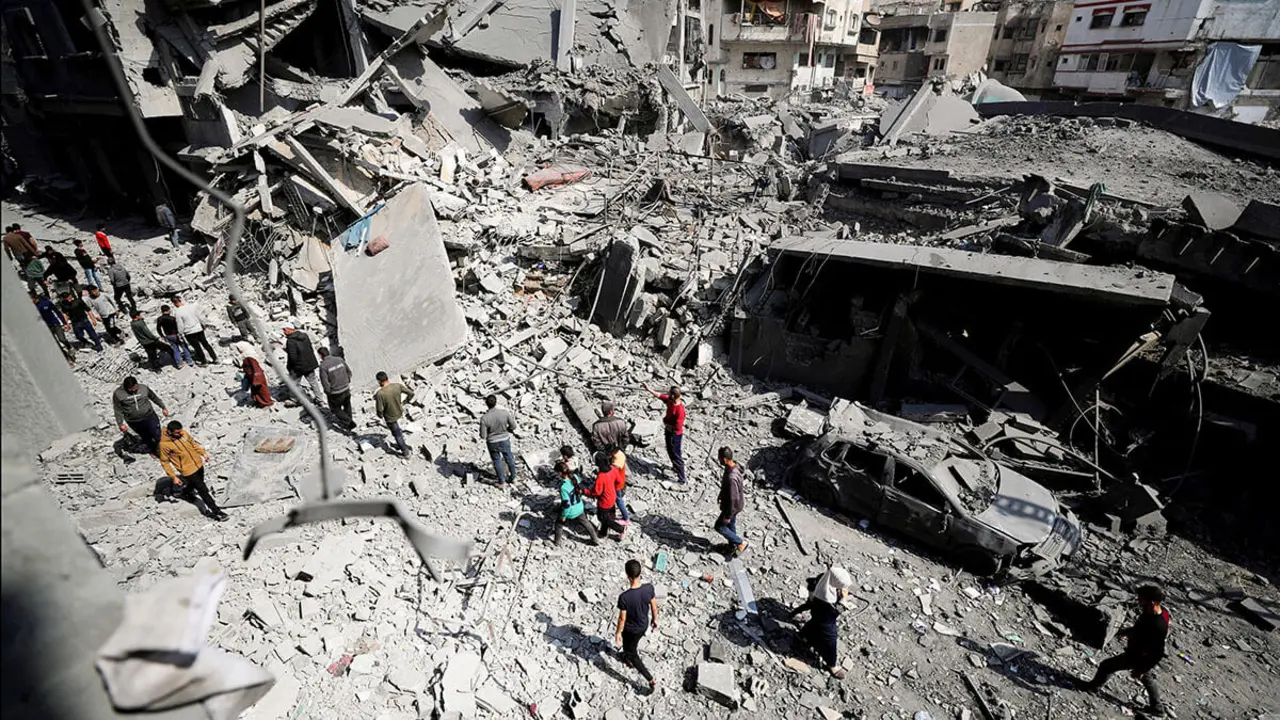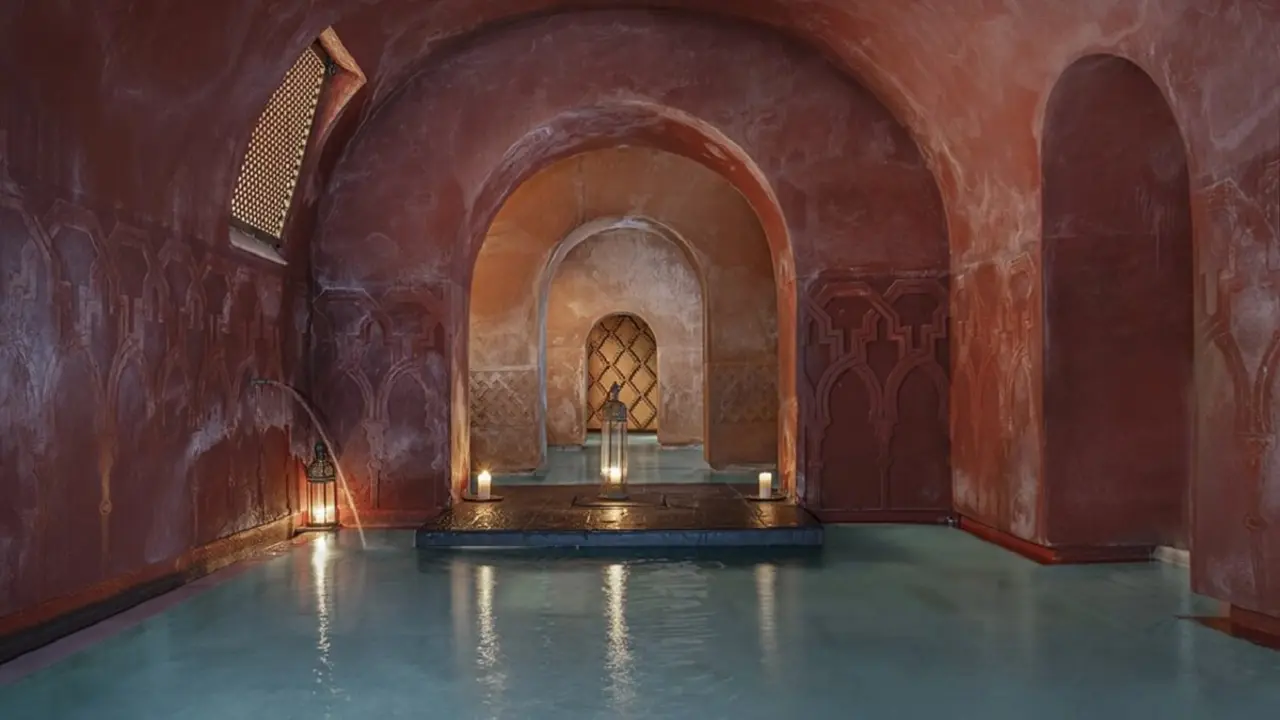Tangier: the princess of the Mediterranean
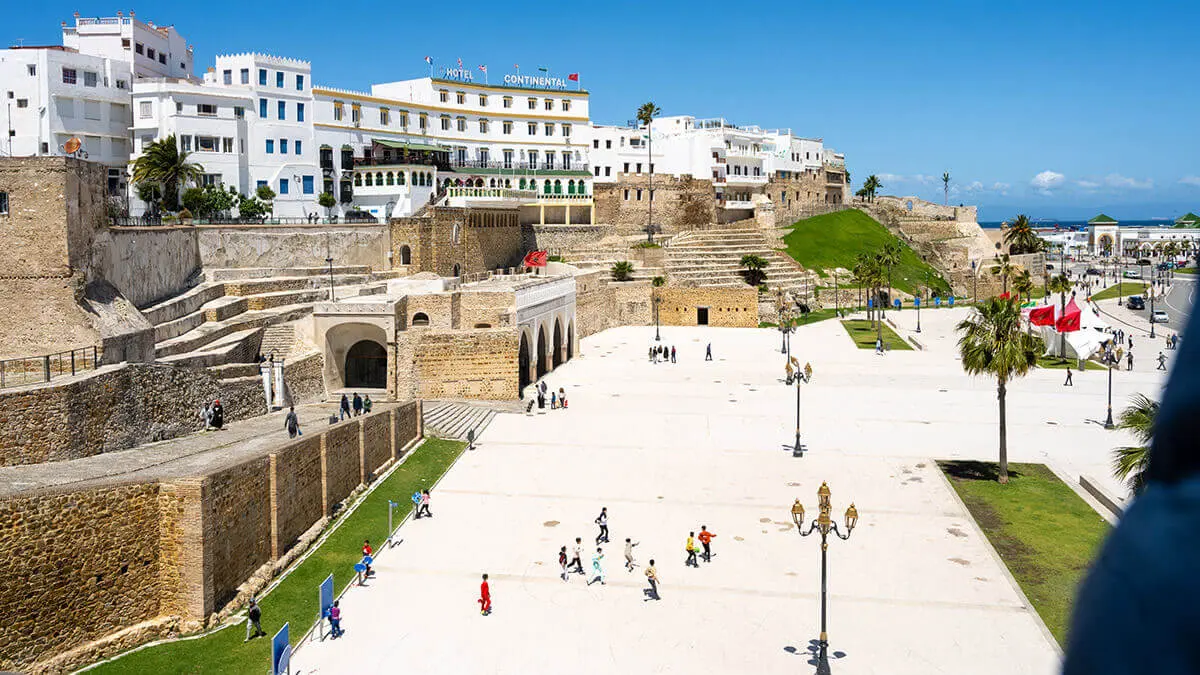
Tangier, the city where the modern and the ancient intermingle in landscapes that enchant visitors and residents alike. Where the Mediterranean Sea and the Atlantic Ocean meet and the beaches of the Iberian Peninsula greet them from the short distance that separates them in the Strait of Gibraltar.
Many civilisations have passed through here, from the Phoenicians who founded it under the name Tangis in 1450 BC to the Arabs and Berbers. All this cultural convergence has made it an emblematic blend of Europe and Africa.
The various tourist attractions listed below are further proof of the multiculturalism and historical wealth of Tangier, the princess of the Mediterranean.
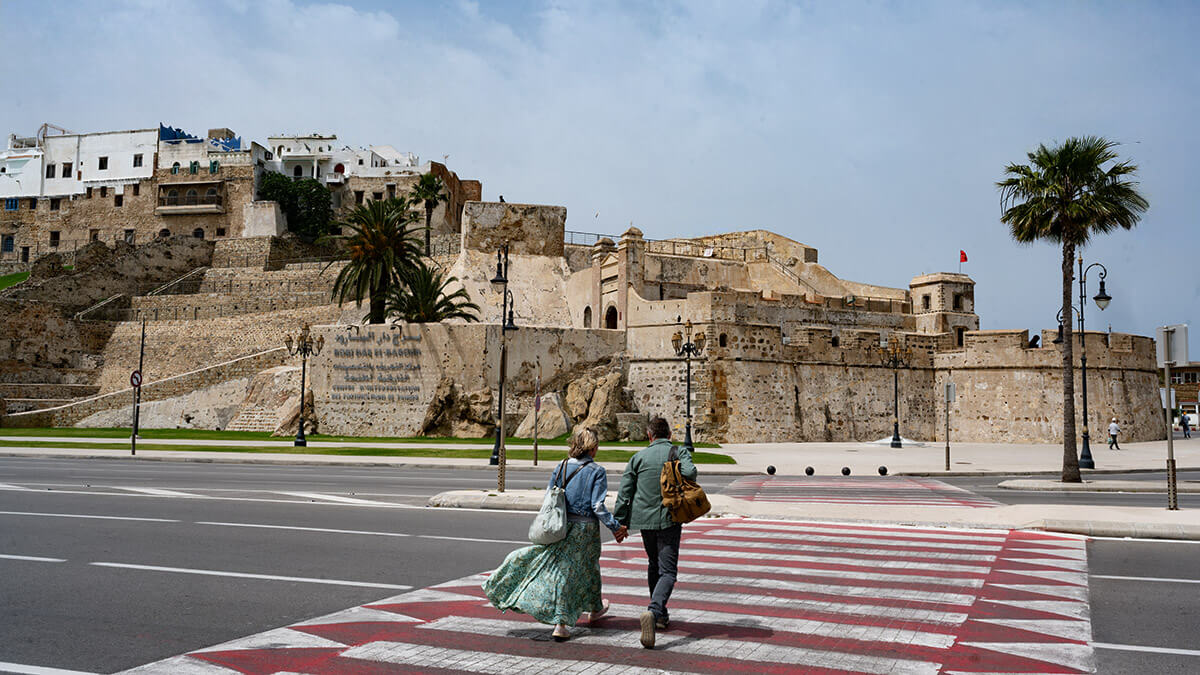
9 April Square
Next to the Sidi Bouabib Mosque and the Cinema Rif, 9 April Square was the setting where the late King Mohammed V announced Morocco's independence in 1947.
In the centre is a large marble fountain surrounded by palm trees where passers-by can rest next to the small garden that accompanies it. There are also terraces where you can enjoy a drink while watching the world go by.
The Sidi Bouabib Mosque is not open to non-Muslims, but the Cinema Rif, a legacy of contemporary Morocco, welcomes all those interested in audiovisual art.
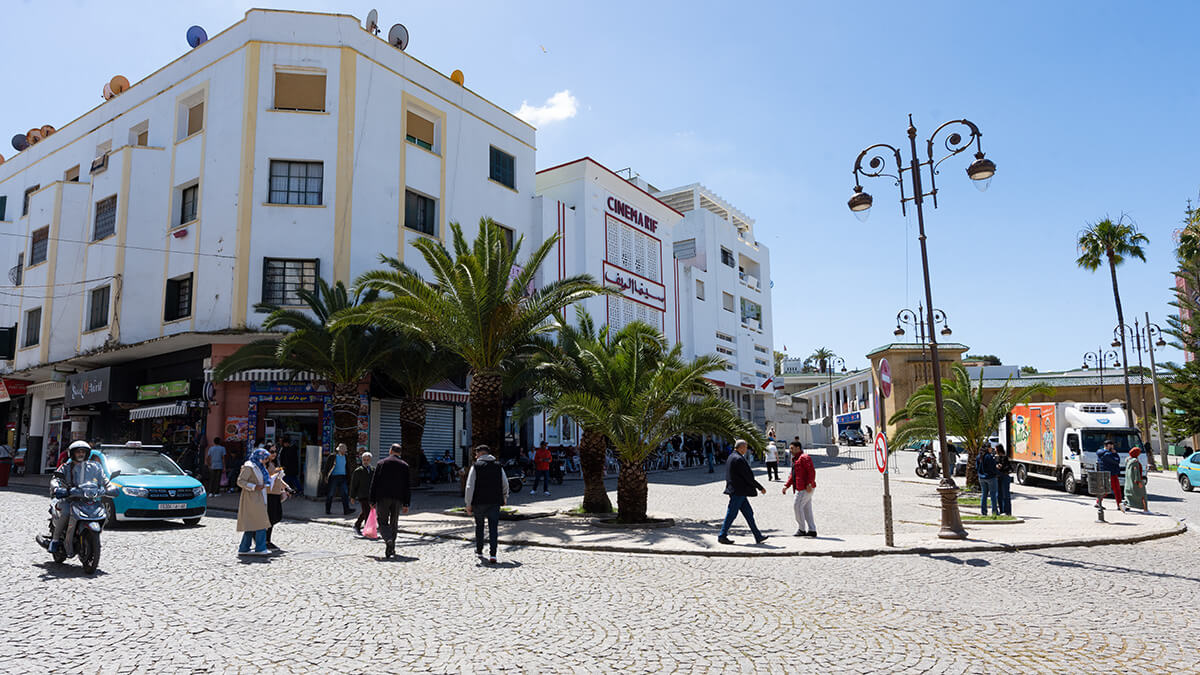
The Medina
Not far from the square is the entrance to the Medina, where the Grand Souk and the Small Souk are located. These are interesting spots for shopping lovers and those who need to stock up on food.
Full of narrow streets and bustling stalls and shops displaying both traditional and modern products, no tourist can say they have seen what life is like in Tangier if they have not visited the Medina.
The Grand Souk is full of jewellery shops due to its past as a gold trading centre. On the other hand, the Small Souk has shops selling a wide range of clothing, slippers, traditional tapestries and many eye-catching works of art.
There are also restaurants and bars, as well as shops selling spices, ingredients and oils scattered throughout the Medina.

Cervantes Theatre
There are traces of Europe's legacy in various corners of the city of Tangier, one of which is the Cervantes Theatre, which opened in 1913.
Despite its former grandeur (it was the largest and most successful theatre in North Africa), it is now in a state of near abandonment due to failed attempts to restore it to its former glory. However, this is no reason not to visit and admire this piece of Spanish history in the Moroccan city, which is currently in the process of reform.

Bullring
Just outside the city lies the Bullring of Tangier, built in 1950 by the Spanish protectorate.
The large building surrounded by small green spaces next to the motorway recently reopened as a venue for cultural activities such as concerts, screenings and workshops, among others.
It currently has a capacity of approximately 7,000 seats and spaces for restaurants and bars where passers-by can relax and eat
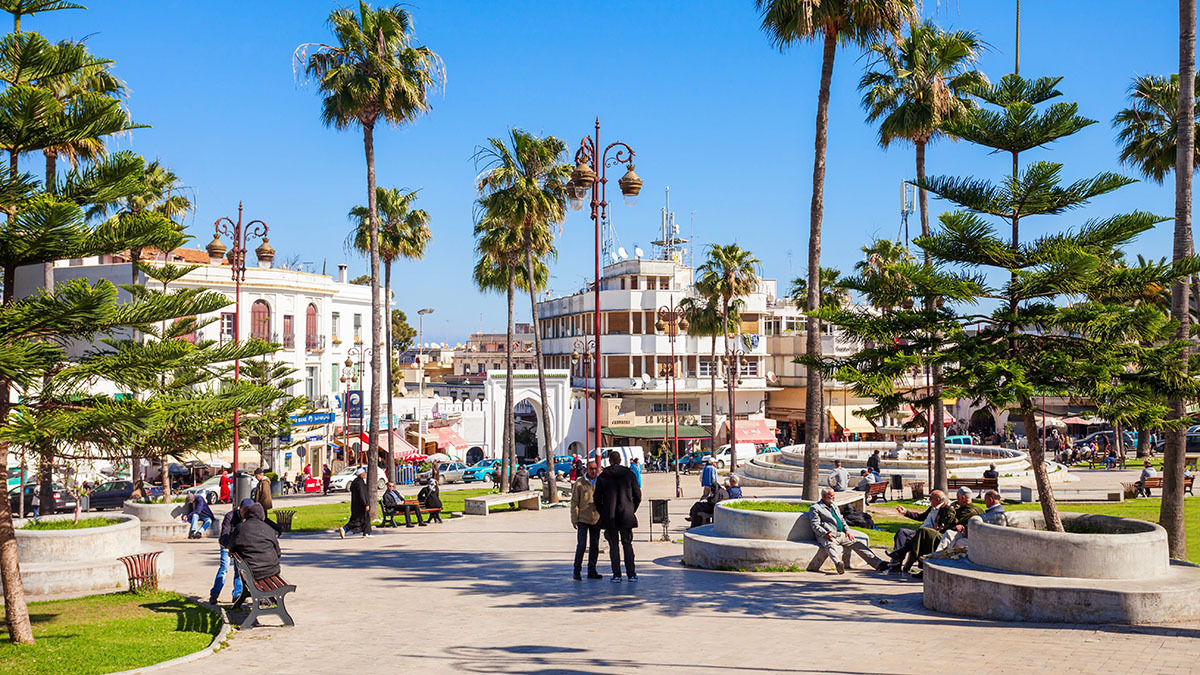
The Cave of Hercules
According to Greek mythology, 15 kilometres from the city, the hero Hercules rested after separating Africa and Europe in what is now called the Cave of Hercules. In addition to being a major tourist attraction, it was also a place where minerals were extracted by the locals.
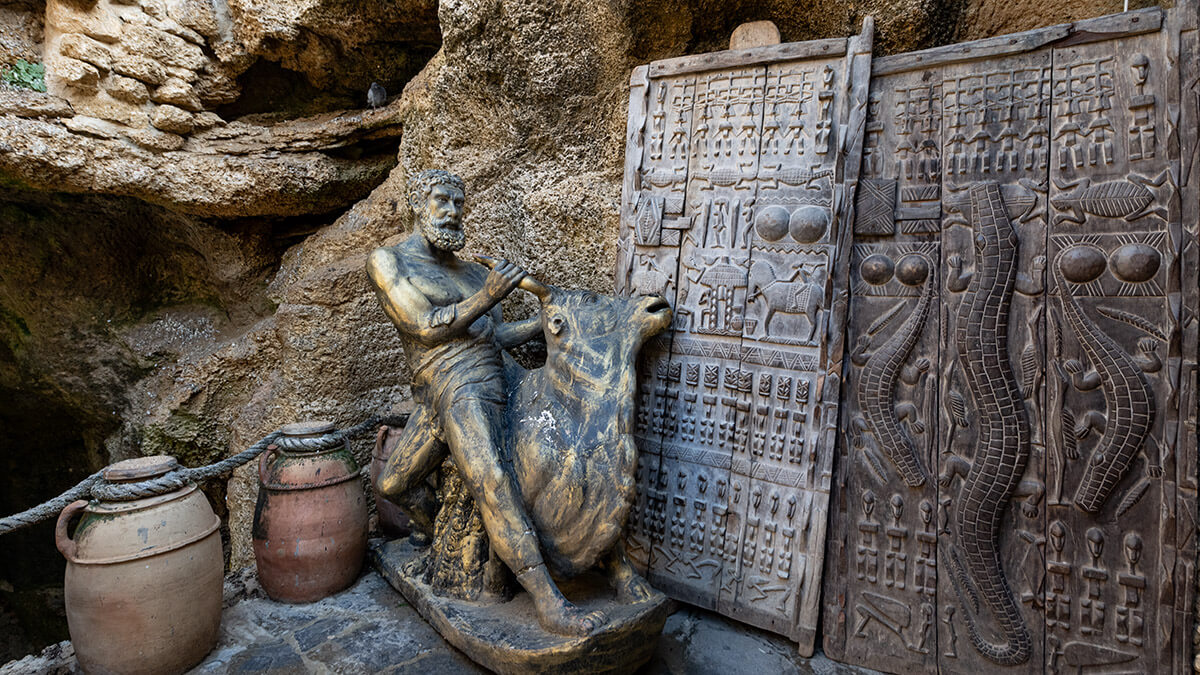
There is a square with restaurants and viewpoints overlooking the sea, where a slope leads to the entrance of the cave and the ticket office. Once inside, there are small stalls selling souvenirs, small waterfalls, photo areas, a sculpture of Hercules and other tourist items.
Although everything in the caves is worth seeing, the visit is not complete without a visit to the famous crack shaped like the map of Africa that overlooks the sea.





